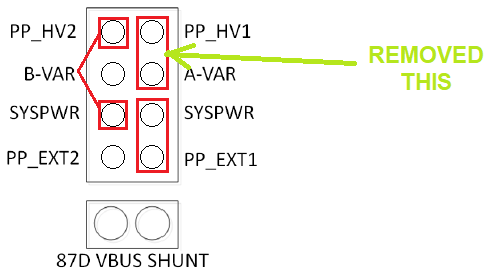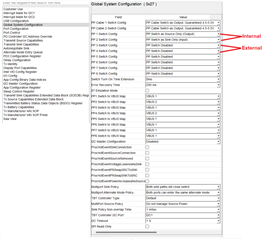Other Parts Discussed in Thread: TPS65988, LM3489, TPS65988DJ, TPS65988DJEVM, TPS65988DK
We will be making a product that has 2 USB-C ports.
The product will run on 24 VDC but we will generate that from whatever voltage provided through one of the USB-C ports (5v, 9v, 15v, or 20v).
In order for the product to function it needs to be connected to a Host PC. When only connected to the Host PC it will get its power from that USB-C port.
If also connected to a USB charger on the "From Power Adapter" port, power for the product would be provided by this port.
We will include a variable regulator so we can provide 5v, 9v, 15v, or 20v to the host when we have surplus from the USB-C power adapter.

The USB-C port dedicated to connection to a Host PC can sink and source power as well as handle USB2 data communication. The second Port is to only receive power.
How can I simulate our PD requirements with the TPS65988DKEVM? The EVM should be able to do everything but supply a voltage to the Host exceeding the voltage received on the "From Power Adapter" port.
Please provide me with EVM jumper settings as well as a sample .prj file that I could use to start with to modify for our requirements.
Thanks,
David










